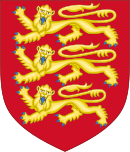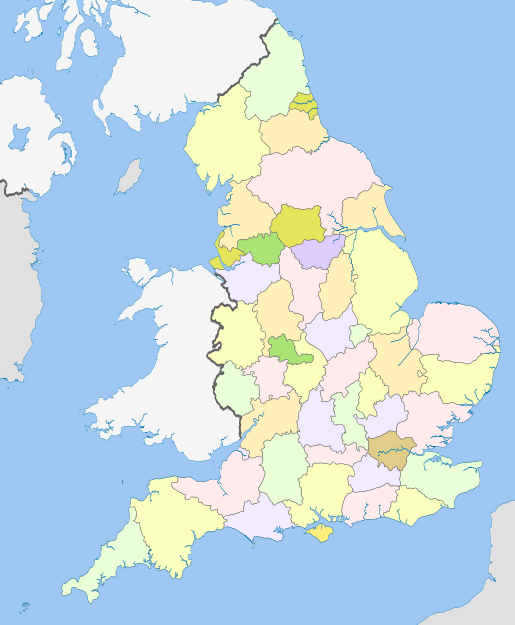| This article is part of a series within the Politics of the United Kingdom on the |
 |
|---|
This is a list of civil parishes in England split by ceremonial county (see map below). The civil parish is the lowest level of local government in England.
Contents

Not shown: City of London